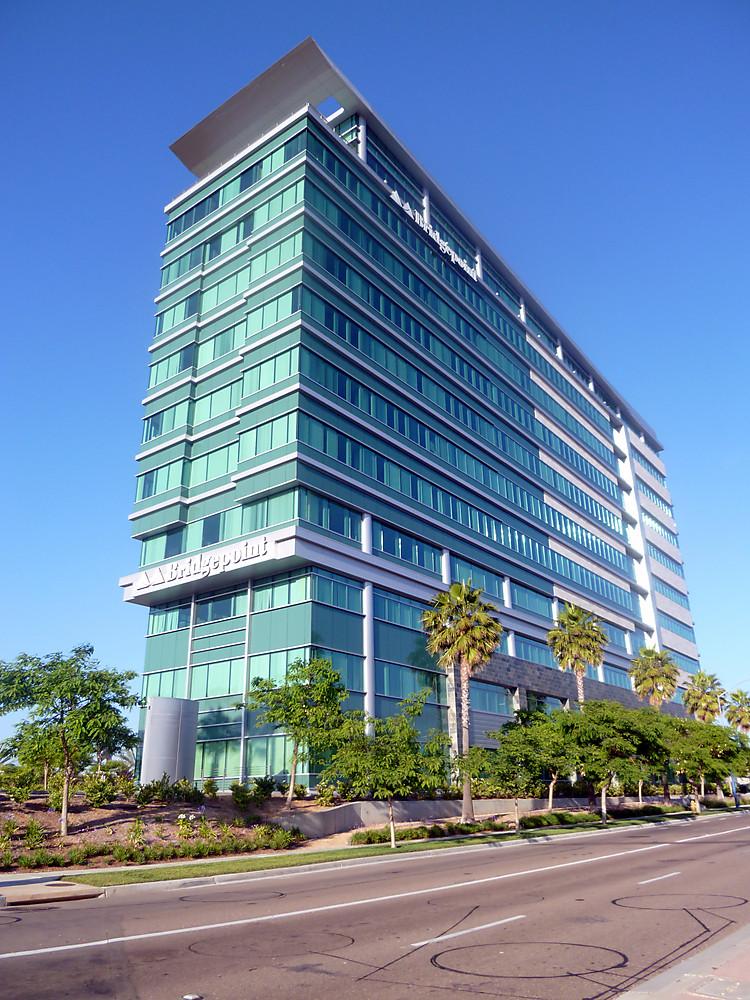Daily Business Report-April 30, 2019
A significant element of the 2020 census remains unresolved, awaiting a U.S. Supreme Court decision: Will the Trump administration be allowed to add a question about citizenship? (iStock)
For ‘hard-to-count’ California,
2020 census poses huge challenges
and carries big stakes
By Martha Groves | CALmatters
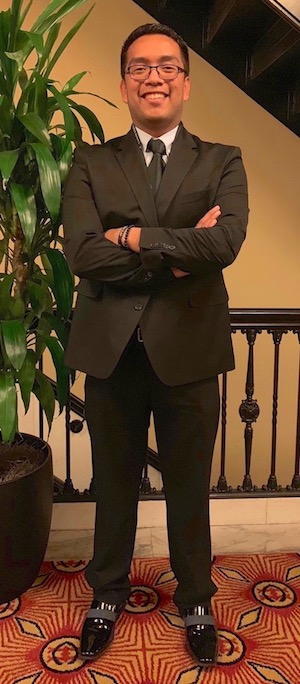
Diego San Luis Ortega was a toddler when his parents brought him to California from Veracruz, Mexico. Now 22 and a “Dreamer” who is protected from deportation under the Deferred Action for Childhood Arrivals policy, he is a political activist and a community college student in Visalia who hopes to become a history teacher.
He is also gung-ho about standing up to be counted in the 2020 census, despite the concerns of many family and friends that participation could put their ability to remain in the United States in jeopardy.
“At the end of the day,” Ortega said, “if it’s to better my community, I’ll do it. If I get hurt, I get hurt.”
The U.S. Constitution mandates an “actual enumeration” of each state’s population every 10 years. The U.S. Census Bureau, part of the U.S. Commerce Department, conducts the decennial count, which aims to determine how many people reside in the United States and where they live.
The answers determine, among other things, how many congressional seats each state will have for the coming decade and where hundreds of billions of federal dollars will be spent on medical and nutritional programs, the national school lunch program, housing vouchers, Head Start, highway construction and myriad other programs. The information also is used to redraw congressional and state legislative district boundaries.
A significant element of the 2020 census remains unresolved, awaiting a U.S. Supreme Court decision: Will the Trump administration be allowed to add a question about citizenship?
The administration has argued that Commerce Secretary Wilbur Ross, who oversees the Census Bureau, added the question to collect detailed data to enforce the Voting Rights Act. District court judges concluded that enforcement of the voting law was a pretext. Many legal analysts have concluded that the question was politically motivated, designed to limit the political power of immigrant communities, areas that typically prefer to vote for Democrats.
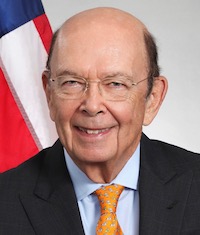
At issue is how the citizenship question came to be added and whether Ross ignored administrative review processes. U.S. Solicitor General Noel Francisco argued in part that the courts should not meddle in the Commerce Department’s decisions regarding the census. President Trump broke with the Justice Department’s official line last Wednesday, writing on Twitter that “the American people deserve to know who is in this country.”
But grassroots activists and social science researchers contend that if the question is added, immigrants and their families—whether documented or unauthorized—would be less likely to respond or might respond inaccurately because of fears that the information would be used for immigration enforcement.
California and other states with high immigrant populations stand to lose big. Migrants, particularly Latinos and Asian Americans, have grown to fear the federal government after years of hearing anti-immigrant rhetoric from President Trump and like-minded Republicans.
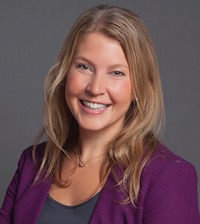
“We think Californians will be less likely to fully answer the form if this question is included,” said Sarah Bohn, director of research and a senior fellow at the Public Policy Institute of California in San Francisco. “If there’s a bad count overall and immigrant communities are undercounted, it would be entirely possible for us to lose a seat in Congress.”
In lawsuits brought by dozens of states, cities and groups, three federal judges at U.S. district courts in California, New York and Maryland have issued rulings blocking the administration’s plan to add the question, which asks: “Is this person a citizen of the United States?” The last time such a question appeared on the form was 1950. Since then, citizenship data have been gathered through surveys of a small sample of households.
Last Tuesday, the U.S. Supreme Court heard arguments in U.S. Department of Commerce vs. New York, a case challenging the citizenship question as “arbitrary and capricious.”
Based on the justices’ questions, it appears that the court’s conservative majority is prepared to back the administration’s plan, even though the Census Bureau’s own statisticians project that as many as 6.5 million people could go uncounted if the question is allowed.
The high court is expected to decide by late June, just as census forms are to be printed.
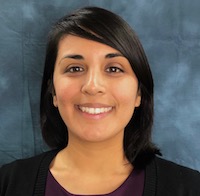
Esperanza Guevara, 29, a graduate of Stanford University, has experienced the census challenges firsthand. She recently became the census campaign manager for the Coalition for Humane Immigrant Rights, or CHIRLA, in Los Angeles, part of a coalition that launched a get-out-the-count campaign on Monday.
Guevara’s parents immigrated to California more than 30 years ago and eventually became naturalized citizens, but they have never participated in a census. “It took me getting this job and having a conversation with my mom for her to learn about this for the first time,” Guevara said.
California has already earmarked $100.3 million for census outreach, and Gov. Gavin Newsom has proposed that an additional $54 million be allocated. On a per-person basis, California is investing more than any other state to get out the count, according to the Legislative Analyst’s Office in Sacramento.
Many factors conspire to make California the nation’s hardest-to-count state. They include the high immigrant population, many residents’ limited English proficiency, the high number of renters and multiple-family households with children 5 and under, homeless people, couch surfers and those with limited access to technology. For the first time, this census is expected to be conducted, for the most part, electronically.
The high stakes and California’s notoriously hard-to-count citizenry have propelled dozens of grassroots, municipal and statewide organizations to brainstorm strategies.
The California Complete Count Committee is an advisory panel of 26 members appointed by former Gov. Jerry Brown and state legislators. Similar organizations exist in counties, cities and regions including the Central Valley and the Inland Empire in Southern California.
Using funds from the state or philanthropic organizations, groups are plotting multiple outreach efforts. In rural areas of California, Communities for a New California Education Fund—a civil rights organization with offices in Sacramento, Fresno, Merced and Coachella Valley—plans to send teams door to door and to run phone banks. Language will be an issue for volunteers and staff members. The San Joaquin Valley, where many of the efforts will be concentrated, has migrants who speak Spanish, Hmong, Punjabi and indigenous languages of Central America.
All of these programs are intended to spread the word that “by filling out the form, you are representing your community,” said Diana Crofts-Pelayo, a spokeswoman for the Sacramento-based California Complete Count—Census 2020, which is coordinating the census outreach strategy. “Waiting for 10 years from now isn’t an option.”
The state complete count organization is partnering with county offices of education, tribal governments and regional community-based organizations to encourage people to participate.
Other groups will pass out census information to families who visit social service agencies, hold town halls and sponsor mobile centers where people will be able to complete the census online.
Cindy Quezada, director of research and special projects with the Central Valley Immigrant Integration Collaborative, has held meetings in community centers, day care centers and people’s apartments. “If you speak to people and help them understand [the importance of participating], they get it,” she said. “[But] the inclusion of the citizenship question will be a big deterrent.”
In the Los Angeles region, the Census Bureau plans to gather data from homeless-service providers and provide explicit instructions in mailed materials about including young children. Digital advertising will be enlisted to get the attention of renters.
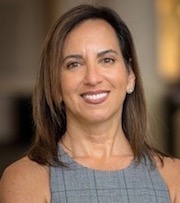
Lisa Hershey serves on the California Complete Count Committee. “We have so many boots on the ground right now … [because] we want to identify where people might live,” said Hershey, executive director of Housing California, a Sacramento nonprofit group that seeks to find housing for all Californians. In some areas, she said, properties might house several families, living in garages, tents or trailers—knowledge that must be gained from on-site visits.
Edward Kissam, a longtime researcher on immigrant issues and a trustee of the WKF Charitable Giving Fund, which supports immigrant integration initiatives, said the addition of the citizenship question would put pressure on the Census Bureau to hire enumerators who could interact “culturally and linguistically” with reluctant households.
Karthick Ramakrishnan, a professor of political science and public policy at UC Riverside who is directing the complete count committee for the Inland Empire counties of San Bernardino and Riverside, expressed dismay that the high court appeared to be leaning toward approving the citizenship query.
“The Supreme Court appears to be weighing in on the constitutionality of the policy, not the wisdom,” said Ramakrishnan, who is also founding director of the university’s Center for Social Innovation.
If the high court allows the question, the next move would be up to Congress, he added.
“The House could play hardball with the administration and say: ‘We will not give another dime for the 2020 census until you take that question away,’” he said.
CALmatters.org is a nonprofit, nonpartisan media venture explaining California policies and politics.
________________
Mercato moves headquarters
to San Diego from New York City
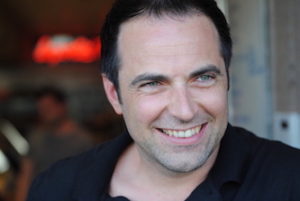
Mercato, the online ordering and delivery platform for independently owned grocery stores, recently moved its headquarters from New York City to San Diego in the Downtown Works building on West B Street. The startup will continue to maintain office space in New York City for some sales staff.
The move signals Mercato’s ongoing strategy to expand in markets from coast to coast. Tech entrepreneur and Mercato Founder and CEO Bobby Brannigan, who created the e-commerce platform to help independent grocers like his parents in Brooklyn, N.Y., to compete, sees the potential for startups in San Diego. He cites the city’s livability, beautiful beaches and ability to attract highly-qualified employees.
“We moved Mercato to San Diego because of its amazing weather, vibrant and growing downtown, and lower cost of living compared to cities like New York City and San Francisco,” said Brannigan. “As one of the country’s most desirable cities to live in, San Diego attracts top talent, now an advantage for Mercato.”
Brannigan is familiar with the art of the startup. He and four current members of the Mercato leadership team previously bootstrapped ValoreBooks to $85 million in sales, eventually selling to Boston-based SimpleTuition. The team’s reputation has attracted a number of investors such as Neil Senturia’s San Diego-based Blackbird Ventures, to successful serial entrepreneur and philanthropist Michael Loeb, with chief among his successes Priceline.com, known for its travel deals and travel search engine, and Synapse Group (acquired by Time Inc.).
Mercato also recently added 14 new staff members who will be working at the San Diego headquarters including Brian Waldman as vice president of marketing, and Gauri Munuswamy, recently-promoted from head of sales to vice president of sales. Mercato has plans to add additional personnel throughout 2019.
________________
San Diego to receive millions in additional
federal funds to help families pay rent
Millions of dollars in federal funding is coming to the San Diego region to provide additional rental assistance to households with low income, including families experiencing homelessness, beginning with Fiscal Year 2020, which starts on July 1, 2019, according to the San Diego Housing Commission.
The U.S. Department of Housing and Urban Development’s (HUD) decision to increase rental assistance funding for the San Diego area is consistent with a San Diego Housing Commission (SDHC) request, supported by findings from an SDHC-funded rent survey, as well as housing priorities advocated by Mayor Kevin L. Faulconer and City Council President Georgette Gómez.
HUD has informed the six public housing agencies in San Diego County, including SDHC, that they will each receive an approximately 14 percent increase in rental assistance funding. For SDHC, which provides rental assistance in the City of San Diego, this is approximately $20 million.
________________
74 General Atomics suppliers
receive Supplier Excellence Awards
General Atomics Aeronautical Systems Inc. (GA-ASI) has presented 71 suppliers with the company’s annual Supplier Performance Awards. The awards recognize outstanding quality and delivery performance. GA-ASI is a leading manufacturer of Remotely Piloted Aircraft (RPA) systems, tactical reconnaissance radars, and electro-optic and related mission systems solutions.
“GA-ASI’s success is based largely on our highly skilled and dependable supply chain,” said David R. Alexander, president, GA-ASI. “Our suppliers are companies that are committed to sustaining GA-ASI and our line of life-saving, highly reliable RPA for customers throughout the world. We’d like to thank all our suppliers for their dedicated service and commitment to excellence, especially the 71 companies we recognized with this year’s awards.”
The GA-ASI Supplier Performance Awards are presented in two categories, recognizing “Supplier of the Year” for companies achieving 100 percent quality and on-time delivery performance, and “Exceptional Performers” for companies that sustained a 100 percent quality and 98 percent or better on-time delivery performance rating for calendar year 2018. A total of 1,191 production suppliers across all product lines were eligible to receive this special recognition. Awards were presented this year to the top 6 percent of GA-ASI’s supply base.
Click here for the award winners.
________________
Fish & Richardson receives “Allegiance Award”
The San Diego law firm Fish & Richardson has received the Allegiance Award from Kids in Need of Defense (KIND), a national pro bono organization, for the firm’s outstanding pro bono commitment to representing unaccompanied immigrant and refugee children. Fish has been working with KIND since 2009 and has contributed over 11,000 pro bono hours to the organization.
Over the last decade, Fish has helped over 60 children in five cities that KIND serves. Some of Fish’s successes include securing permanent resident status for two children who fled El Salvador when they were 12 years old. Now young adults and allowed to live and work in the U.S. on a permanent basis, the young man plans to be a graphic designer and the young woman is going to school and has a part-time job at a grocery store.
________________
Port conducting engineering lighting
study on San Diego-Coronado Bridge
The Port of San Diego is conducting an engineering lighting study on a small portion of the San Diego-Coronado Bridge as part of design development for the proposed San Diego-Coronado Bridge Lighting Project. The study will be conducted April 29 through May 3.
The purpose of the study is to demonstrate and evaluate the full range of performance characteristics for different types of colored LED lighting units that may be selected for incorporation into the lighting installation currently being designed. The study will also allow the Port to observe, evaluate and collect data related to the output and performance of the lights.
The lighting study is being performed strictly for these purposes and will not represent any particular lighting configurations or scenarios that may be envisioned for the final bridge lighting design.
Testing of the lighting will occur at Huntington Ingalls Industries shipyard, located underneath the San Diego side of the bridge. Two of the bridge’s piers that are located within the shipyard will be used for the study. The lighting will occur between dusk and approximately 2:30 a.m. on the dates above. During that time, the lights may be visible in the vicinity of Huntington Ingalls.
Lighting provided by two leading manufacturers – Philips Color Kinetics and Lumenpulse – will be used to simultaneously illuminate both piers in order to compare both manufacturers’ products. The installation and operation of the temporary lighting will be performed by Pro-Cal Lighting Inc., a Vista-based firm of architectural lighting specialists.
Students and staff represent Training Support Center San Diego during the tug-of-war competition at the Naval Base San Diego (NBSD) fifth annual Sexual Assault Prevention and Response Cup. (U.S. Navy photo by Chief Aviation Boatswain’s Mate Yolanda Alfred)
________________
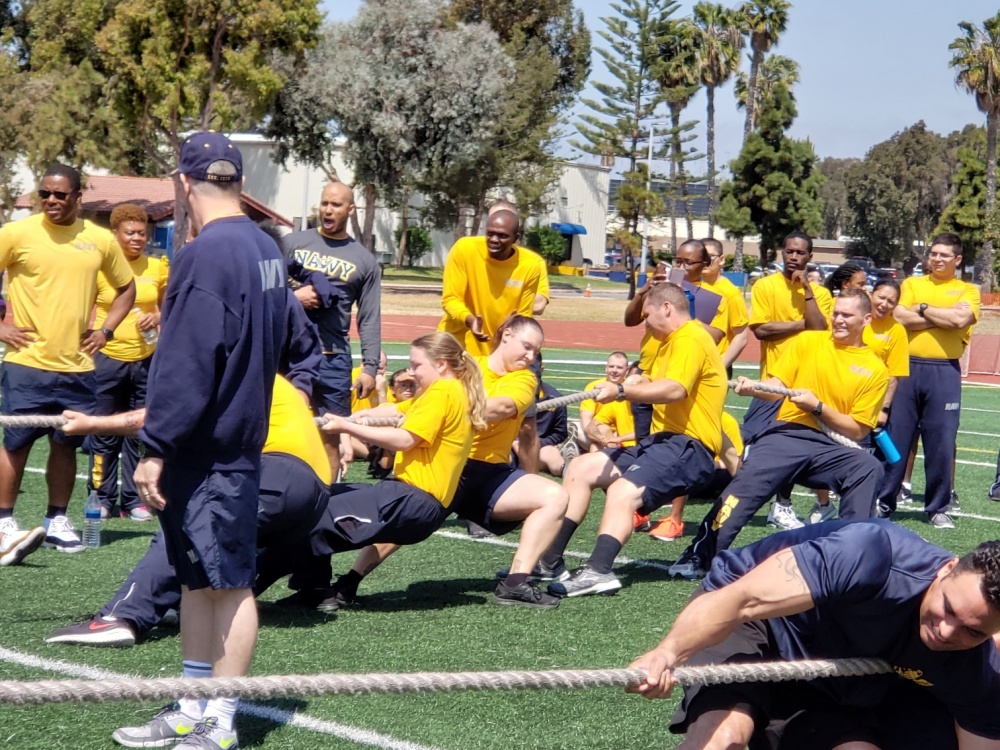
Sailors take part in Naval Base San Diego
sexual assault prevention competition
Training Support Center (TSC) San Diego participated in the fifth annual Naval Base San Diego (NBSD) Sexual Assault Prevention and Response (SAPR) Cup competition April 26 at the NBSD Admiral Prout multi-purpose field. The SAPR Cup competition is held onboard NBSD every April during Sexual Assault Awareness and Prevention Month. This year’s theme is “Protecting Our People Protects Our Mission.”
“The focus point here is getting everyone together for some physical fitness, competition, and most importantly, to raise awareness,” said Linda Farrell-Pratschner, one of the NBSD sexual assault response coordinators (SARC). “If we can rally together like this in support and in competition, we can rally together to truly make a difference in preventing sexual assault.”
SARCs from NBSD offered advice on options available to victims and discussed the role that all sailors have in helping one another.
Afloat and ashore commands from the San Diego region competed in various events including a cadence competition, running events, tug-of-war, sit-ups, push-ups, pull-ups, tire flip, and SAPR trivia.
________________
Talent Rising
Antonyan Miranda acquires Bowman Law,
welcomes Garry Bowman to firm San Diego
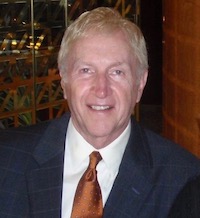
San Diego-based law firm Antonyan Miranda has acquired the family law and trust and estates practice of attorney Garry J. Bowman. Bowman will join the firm as Special Counsel in the Trusts and Estates Division, effective May 1.
Bowman began his private practice in Chula Vista in 1970. During his over 40-year career, he has served as a Judge Pro Tem in family courts, was a president of the South Bay Bar Association, a president of Kiwanis Club (Chula Vista), and a Certified Family Law Specialist by the State Bar of California for many decades. Bowman is a well-established attorney with significant experience aggressively and effectively advocating on behalf of clients throughout San Diego.
“Garry Bowman will add to the breadth of knowledge and experience of the Antonyan Miranda team,” said Timothy Miranda, one of Antonyan Miranda’s founding partners. “The success of his practice is a testament to Garry’s prowess as an attorney and his strong reputation in our community. As Antonyan Miranda continues to grow, we are proud to welcome Garry to our Trusts and Estates division to serve the needs of San Diego families.”
Antonyan Miranda was formed in 2015 when attorneys Ilona Antonyan and Timothy Miranda, both Certified Family Law Specialists, merged their established practices. The firm has since grown to become one of California’s largest law firms.
“Antonyan Miranda has quickly become a force to be reckoned with in San Diego, with a reputation for bold and vigorous client representation,” said Garry Bowman. “This is an exciting time to join forces with Antonyan Miranda – this firm is where the future of family law is headed, and I’m thrilled to be a part of such a dynamic and energetic team of professionals.”
As Antonyan Miranda looks to grow its presence throughout California, the firm is seeking opportunities to work with and acquire talented attorneys and like-minded firms.
Antonyan Miranda firm prides itself on its zealous advocacy on behalf of its clients. The firm’s state-of-the-art headquarters are located in Downtown San Diego. For more information, visit www.ExpertDivorceLaw.com
________________
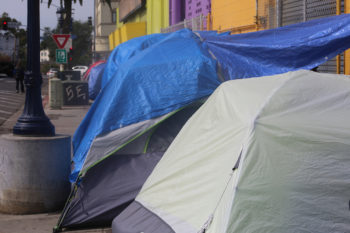
Count finds fewer San Diegans living on the streets
The Regional Task Force on the Homeless’ 2019 Point-in-Time Count found the number of homeless people in San Diego County dropped by 6 percent from the previous year.
Conducted this past January, the homeless count showed that 8,102 men, women and children are living on the street or in shelters, compared to the 8,576 counted in 2018. The results, announced at a news conference Monday, are used to apply for federal funds to help local homeless people and to find solutions on how to best serve the most vulnerable in our community.
The Point-in-Time Count provides a one-day snapshot of people living on the streets or in short-term shelters. Of the 8,102 homeless people in the region, 3,626 were living in a shelter during the count this year compared to 3,586 last year, a 1 percent increase. Also, 4,476 were unsheltered, compared to 4,990 last year, a 10 percent decrease.
This year, volunteers counted and surveyed homeless people across the region.
This is what the U.S. Department of Housing and Urban Development calls an “engaged” survey-based approach, where the homeless were asked a list of questions when they were counted.
Click here for the full count.



